Advanced heart failure remains one of the leading challenges in cardiology, particularly when patients present with cardiogenic shock and require surgical intervention such as a durable left ventricular assist device (dLVAD) implantation. A new study published in ESC Heart Failure (2025) undertakes a comprehensive multicentre retrospective analysis comparing the clinical performance of various microaxial flow pump (mAFP) devices—specifically Impella CP and high-flow variants (Impella 5.0/5.5)—used to stabilize patients before dLVAD implantation.
Study Design and Objectives
Conducted across 19 high-volume European centers over 7.5 years, this study involved 339 patients requiring mechanical circulatory support before dLVAD surgery. The goal was to evaluate how device flow capacity influences clinical outcomes such as hemodynamic stabilization, postoperative complications, and short-term mortality. Patients were divided into two groups: 92 received the Impella CP (3.5 L/min), and 247 received high-flow devices (Impella 5.0 or 5.5, termed “5+”).
Hemodynamic Benefits of High-Flow Impella Devices
High-flow Impella devices demonstrated significantly improved hemodynamic performance. The 5+ group showed lower vasoactive-inotropic and inotropic scores, indicating reduced dependence on pharmacological support. These devices were also associated with superior left ventricular unloading, better right heart function, and improved liver and kidney parameters postoperatively.
Importantly, these patients had a reduced need for extracorporeal life support (ECLS) and right ventricular assist devices (RVADs). Only 18.2% of the 5+ group required RVADs, compared to 29.2% in the CP group. Furthermore, liver dysfunction, renal failure, and dialysis were significantly more common in the CP group, highlighting the benefits of better preoperative stabilization.
Clinical Implications for Mobilization and Organ Support
Mobilization prior to dLVAD surgery is a key predictor of postoperative recovery. Patients in the 5+ group exhibited notably higher rates of full or partial mobilization, suggesting improved physical conditioning. These findings reinforce the theory that high-flow Impella devices not only stabilize cardiovascular function but also mitigate multi-organ dysfunction, a common barrier to successful LVAD outcomes.
Markers like mean pulmonary artery pressure (mPAP), pulmonary artery pulsatility index (PAPi), and central venous pressure (CVP) significantly improved in patients receiving Impella 5.5. These parameters are critical in assessing and predicting right heart failure—a leading cause of mortality in LVAD recipients.
Survival and Mortality Outcomes
Although the high-flow Impella group showed improved preoperative metrics and lower complication rates, the study found no statistically significant difference in 30-day mortality between the CP and 5+ groups (15.2% vs. 11.7%, respectively). However, Kaplan–Meier survival curves indicated a trend toward better survival in the 5+ group.
Role of the ECMELLA Strategy
The study also highlights the ECMELLA concept—combining Impella with veno-arterial ECLS—as a valuable tool in complex cases. Although ECLS was more frequently required in the CP group, combining it with Impella devices (particularly 5+) offered significant hemodynamic benefits and facilitated weaning from ECLS, further supporting the utility of high-flow mAFP in managing advanced heart failure.
Limitations and Considerations
While the study provides compelling evidence favoring high-flow Impella support, limitations exist. Its retrospective nature introduces potential biases, and decisions on device selection were center-specific, influenced by availability and clinical urgency. Furthermore, some devices used in the study, such as the Impella 5.0 and HeartWare LVAD, are no longer widely available, limiting the generalizability of certain findings.
Conclusion
This large-scale European registry study reinforces the growing clinical preference for high-flow microaxial devices like Impella 5.5 as a bridge to durable LVAD implantation. These devices offer superior hemodynamic stabilization, reduce complications like renal and liver failure, and improve patient mobility—all critical factors for long-term outcomes. While short-term mortality rates remained statistically similar, the trends and physiological benefits clearly favor the use of high-flow mAFP devices in managing advanced heart failure.
Key Takeaway: When preparing patients with severe cardiogenic shock for LVAD implantation, selecting an mAFP device capable of delivering over 5 L/min of flow may significantly improve preoperative stabilization and reduce complications, ultimately enhancing patient outcomes.







